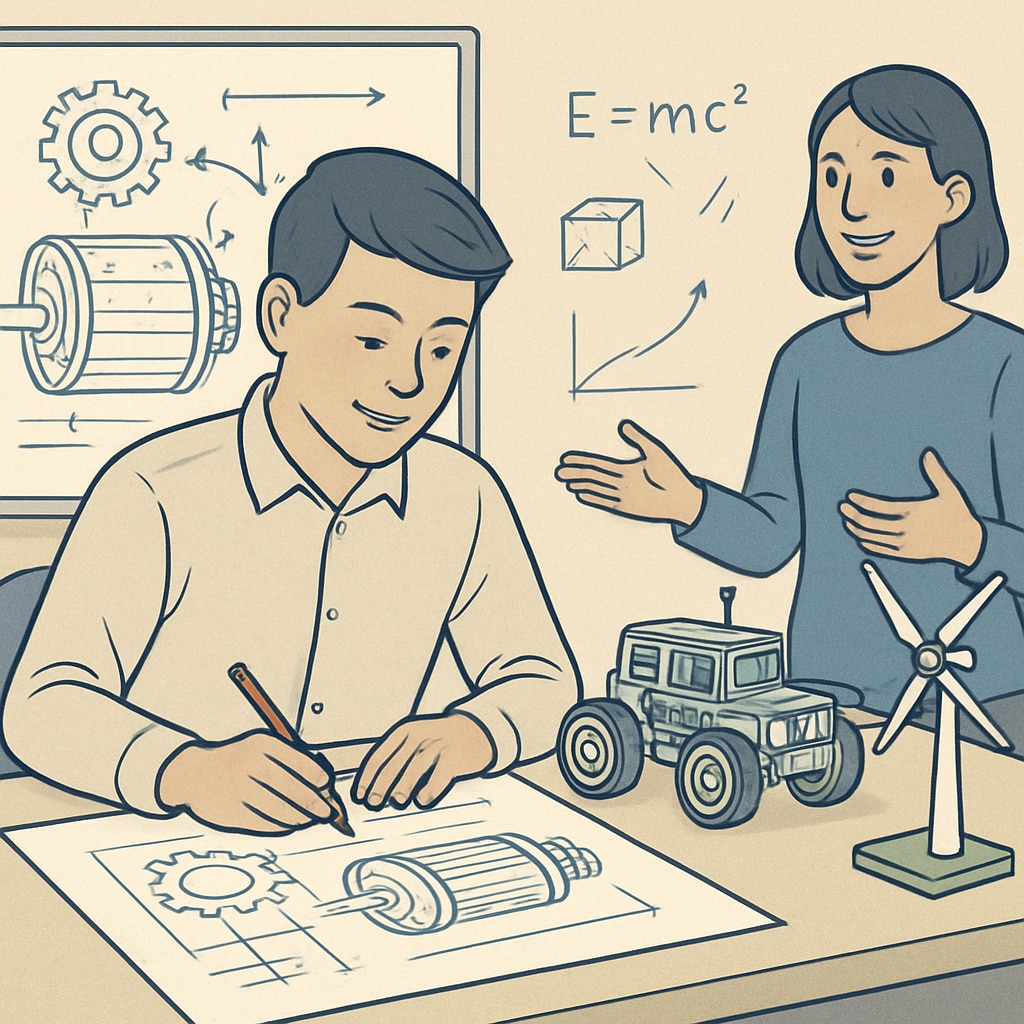Pursuing dual degrees in education and engineering might seem unconventional, but the combination offers unique advantages, especially in the realm of education innovation. By merging the analytical and technical skills of engineering with the pedagogical expertise of education, students can prepare themselves for careers that bridge technology and learning. This article explores the feasibility of pursuing education and engineering dual degrees, the challenges involved, and the value this interdisciplinary approach brings to modern academia and industry.
Why Combine Education and Engineering Degrees?
Combining education and engineering degrees allows students to develop a rare skill set that is increasingly relevant in today’s technology-driven world. For example, as educational institutions adopt more advanced technologies like artificial intelligence (AI) and virtual learning tools, professionals with expertise in both fields are essential for designing and implementing effective solutions. This dual-degree combination equips individuals to work at the forefront of educational technology, curriculum design, and STEM (science, technology, engineering, and mathematics) initiatives.

Feasibility: Managing the Challenges
While pursuing dual degrees is rewarding, it comes with significant challenges. The first hurdle is the demanding workload. Engineering programs are already intensive, often requiring hands-on projects, lab work, and complex theoretical studies. Adding education courses—focused on theory, practice, and research—can stretch a student’s schedule further.
To manage these challenges, students should consider the following:
- Time management: Create a structured schedule to balance coursework and extracurricular activities.
- University support: Seek programs specifically designed for dual degrees, as these often provide better integration and flexibility.
- Networking: Connect with peers and faculty members for advice and support.
Additionally, some universities offer interdisciplinary tracks, allowing students to pursue both degrees with reduced overlap in elective courses.

Opportunities in Career Development
Graduates with education and engineering dual degrees possess unique qualifications that open up diverse career paths. Some of the most promising opportunities include:
- Educational technology development: Designing and implementing tools like learning management systems and educational software.
- STEM curriculum specialists: Developing and teaching STEM-focused curricula in schools or educational centers.
- Corporate training: Leading technical training programs within engineering or tech-based industries.
Furthermore, as governments and organizations increasingly emphasize STEM education, professionals with expertise in both fields are in high demand. According to Wikipedia’s STEM education overview, interdisciplinary knowledge is critical for fostering innovation and problem-solving skills in students.
Practical Advice and Recommended Institutions
For students interested in pursuing this path, choosing the right institution is crucial. Some universities offer tailored dual-degree programs in education and engineering, such as those listed by Britannica’s higher education resources. Here are some practical tips for selecting a program:
- Research universities with strong engineering and education departments.
- Look for programs explicitly designed for dual degrees or interdisciplinary studies.
- Explore scholarship opportunities to offset the cost of an extended academic plan.
Additionally, students should inquire about internship opportunities and industry partnerships that provide hands-on experience in both fields.
In conclusion, pursuing dual degrees in education and engineering is both feasible and valuable for students with the ambition to make a meaningful impact in educational innovation. While the path may be challenging, the unique skill set and career opportunities offered by this interdisciplinary approach make it an exciting option for forward-thinking individuals.
Readability guidance: The article uses concise paragraphs, structured lists, and transitions like “for example” and “as a result” to ensure clarity. Images are strategically placed to enhance understanding and support key points.


